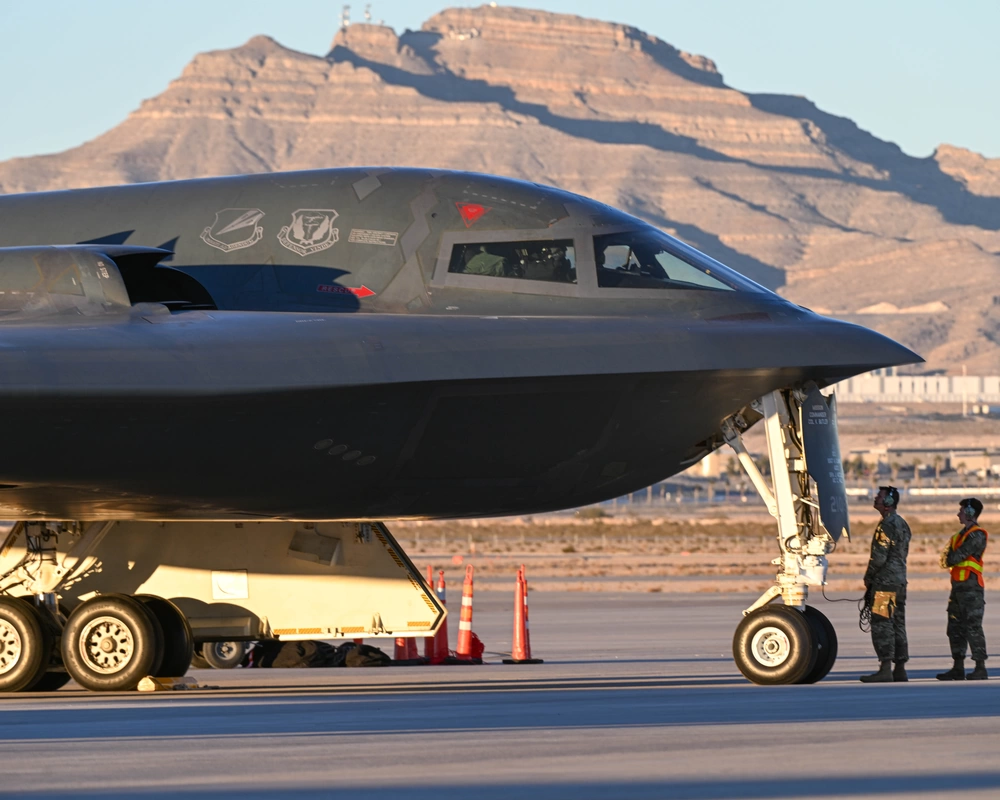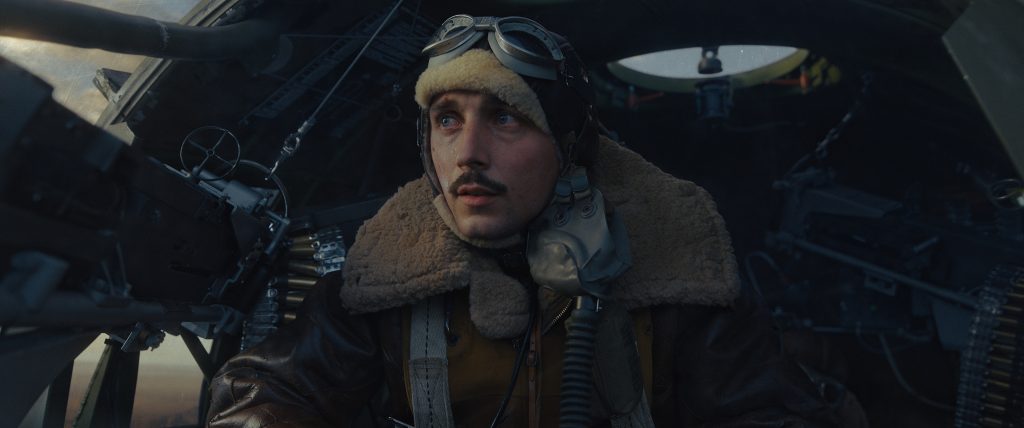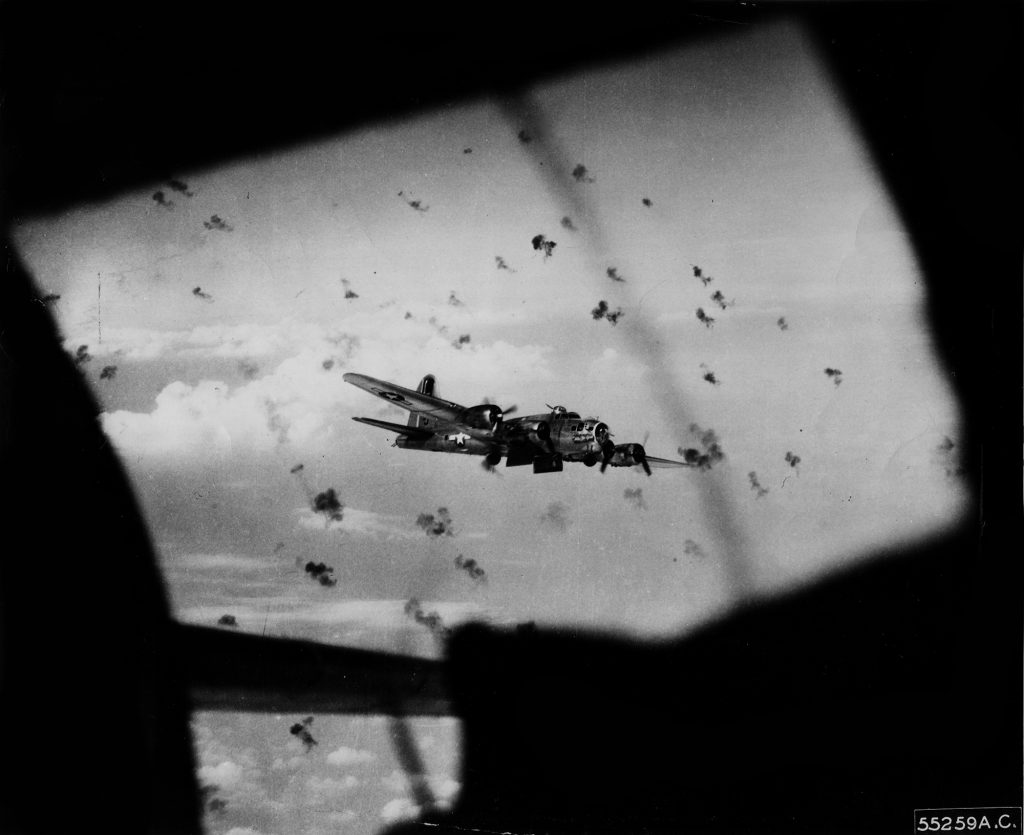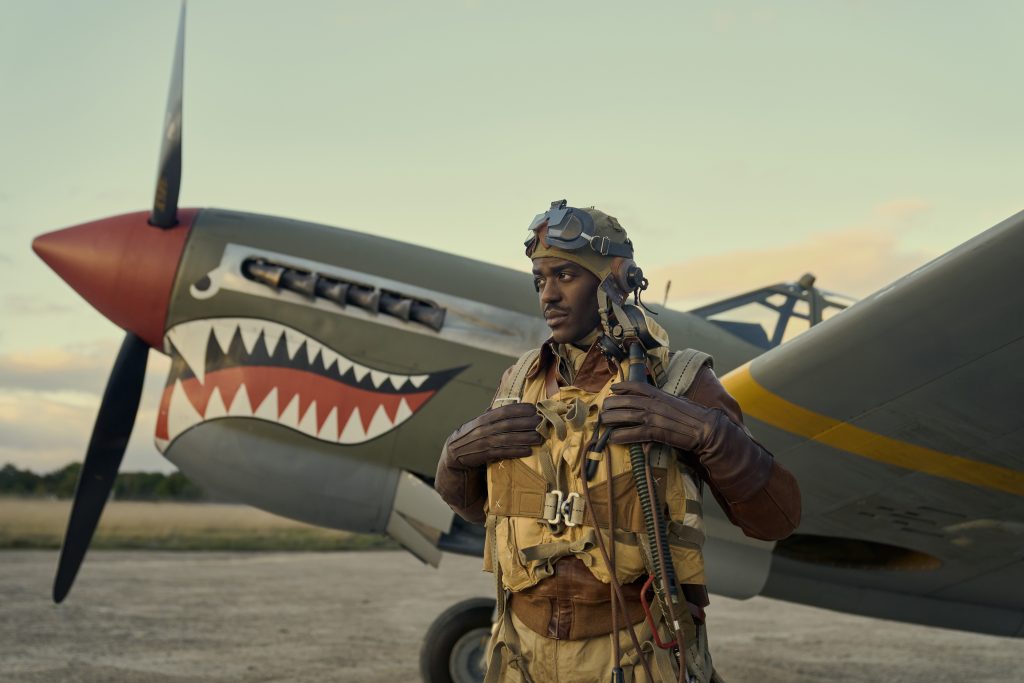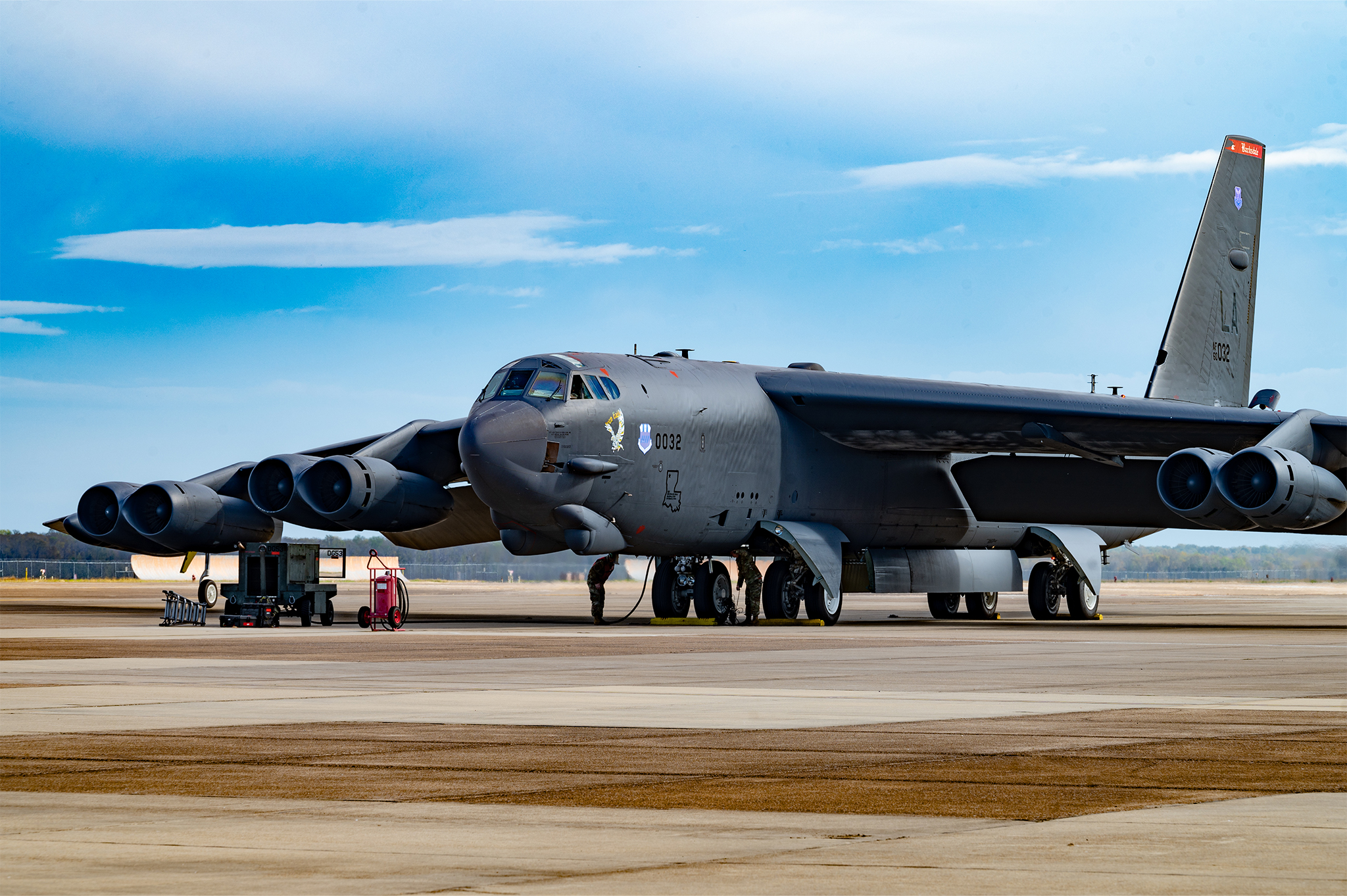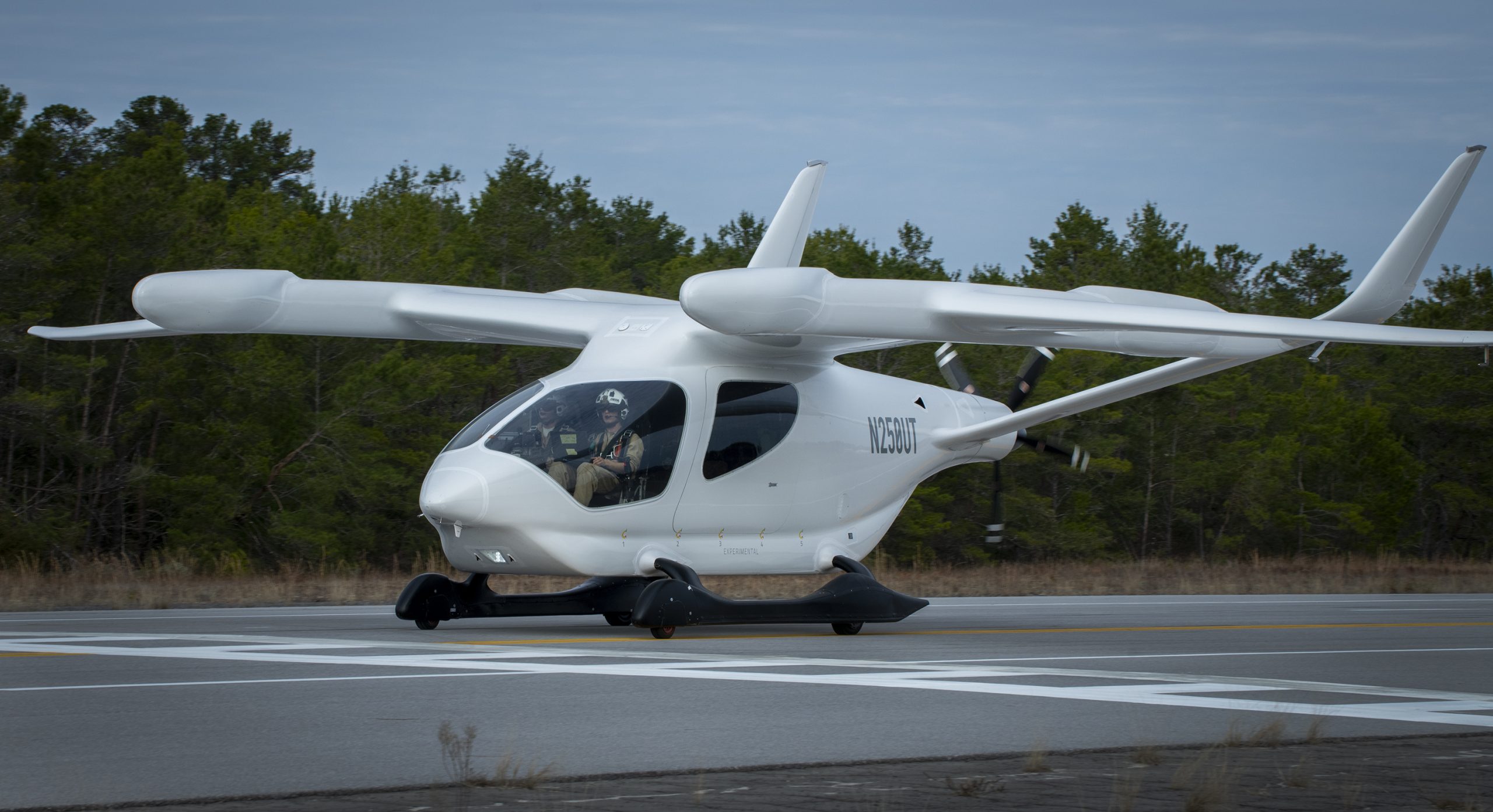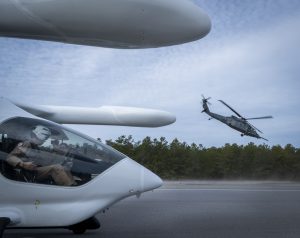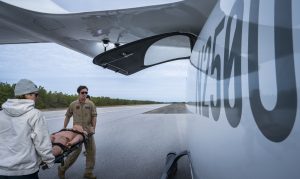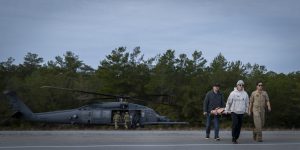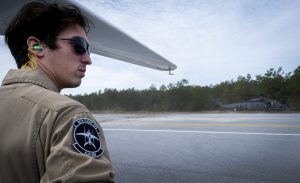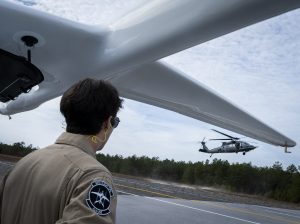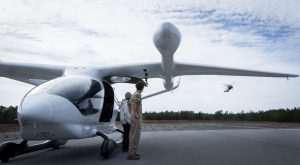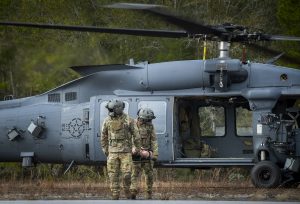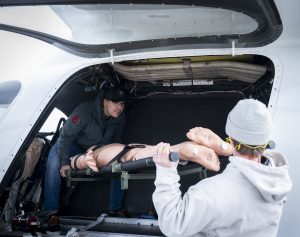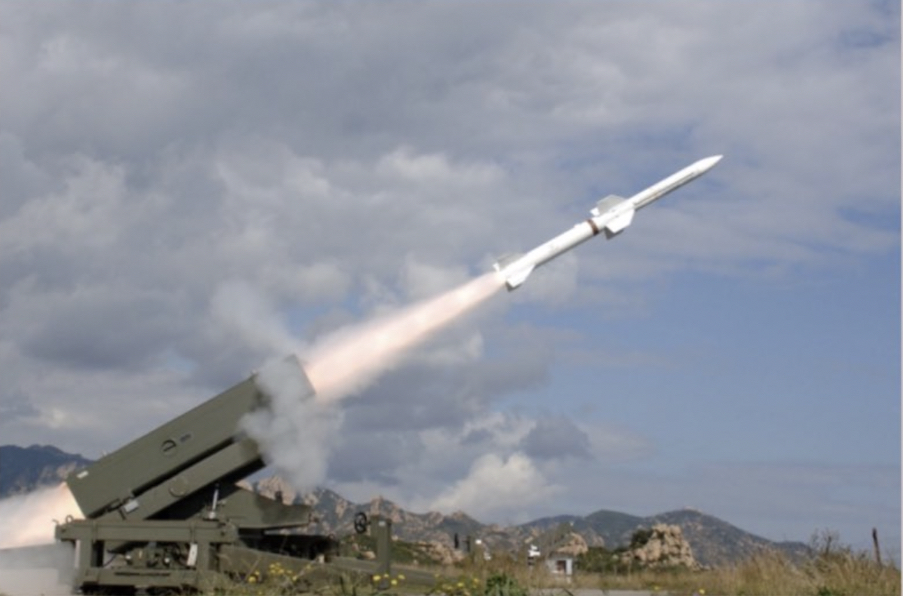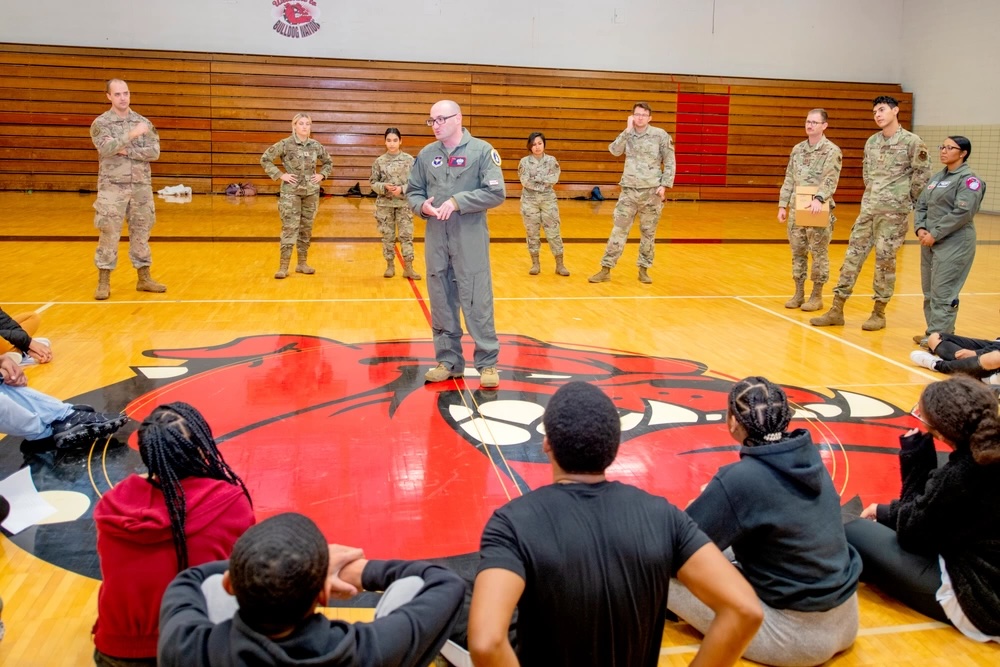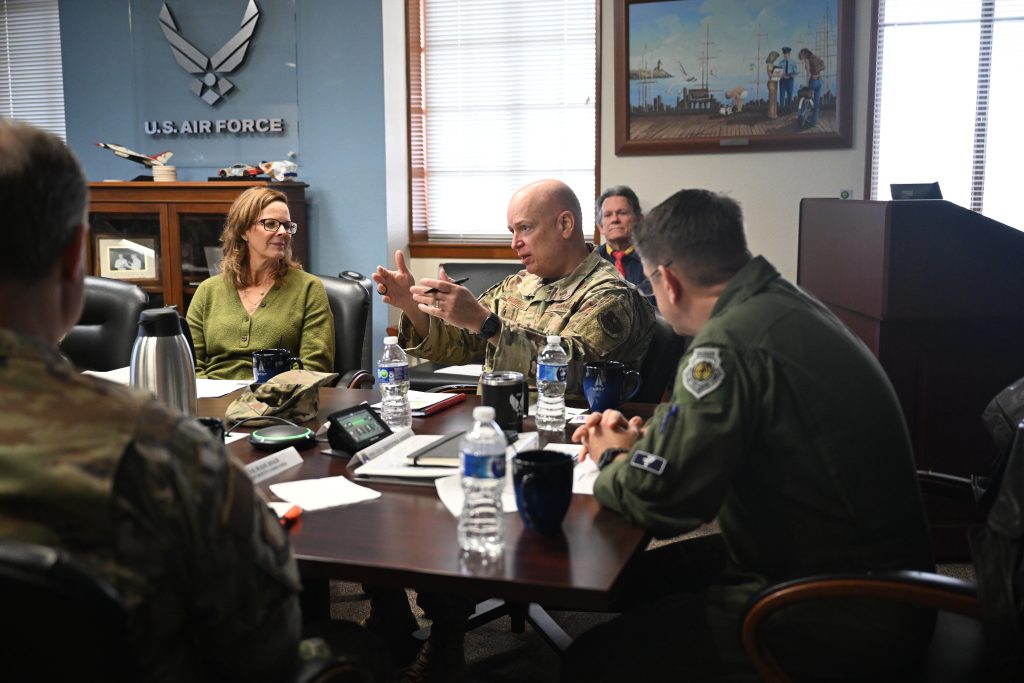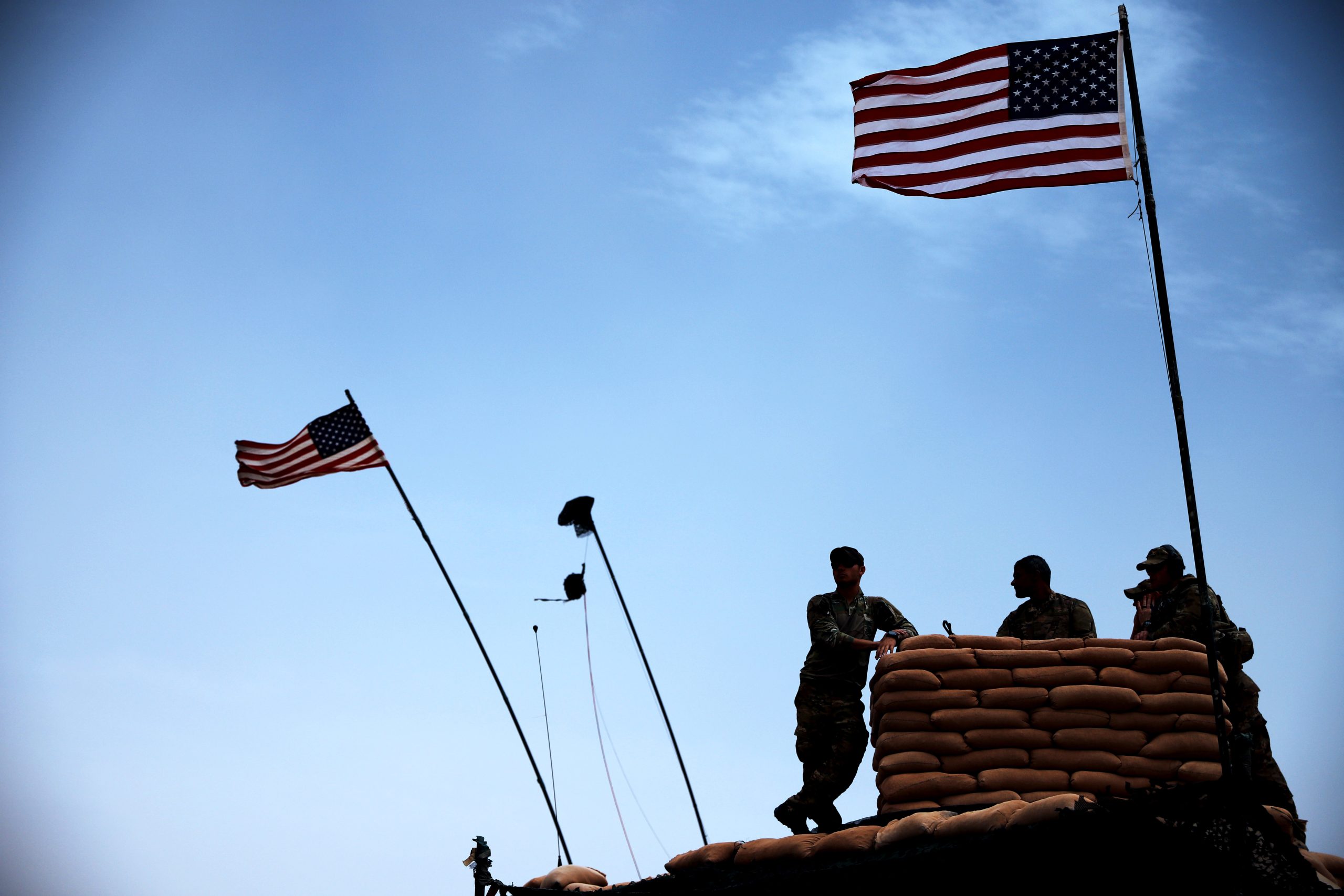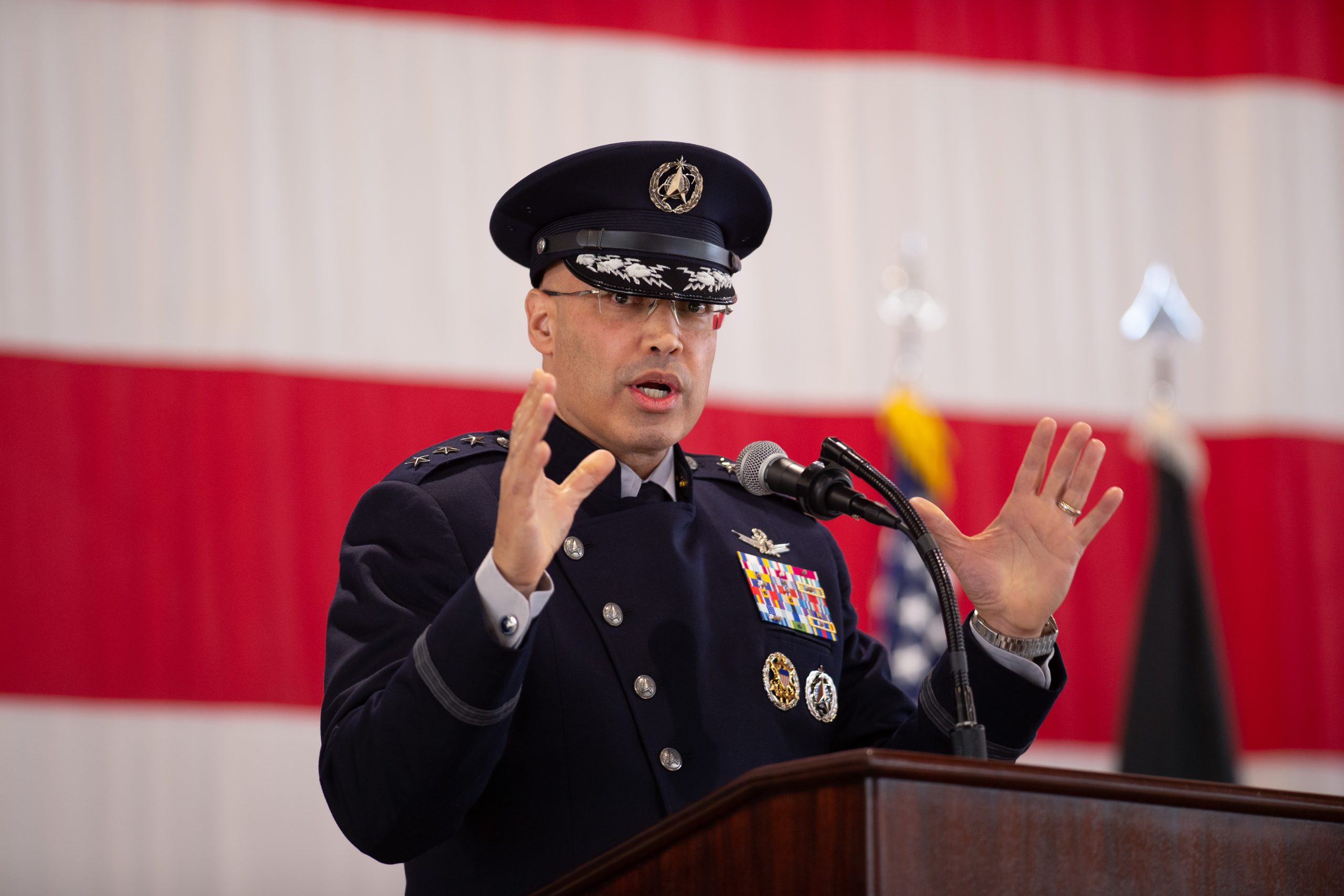The Air Force is underway with its first ever “Bamboo Eagle” exercise, which started immediately following the end of Red Flag 24-1 and adds multi-domain elements—such as maritime warfare—as well as elements of of Agile Combat Employment to the Air Force’s premiere air dominance wargame.
Bamboo Eagle will run eight days and is designed to “provide advanced training in a disaggregated, multi-domain scenario in order to sustain and strengthen the ability of the joint and coalition force to prevail in conflict when necessary,” Maj. Gen. Case Cunningham, commander of the Air Force Warfare Center at Nellis Air Force Base, Nev., said in a statement.
Red Flag participants “can take the TTPs (tactics, techniques and procedures) exercised during Red Flag and implement them” during Bamboo Eagle, a Nellis spokesperson said.
The exercise “is the first of its kind from the U.S. Air Force Warfare Center, which conducts warfighter-centric live and virtual operational test and evaluation, tactics development, and advanced training to optimize Air Force capabilities and prepare Airmen for joint, all-domain combat operations,” the 57th Wing said in a statement.
Many aircraft and units that participated in Red Flag 24-1—including B-2 bombers from Whiteman Air Force Base, Mo.—are moving directly into Bamboo Eagle.
In addition to Red Flag’s simulated air-to-air and air-to-ground combat, Bamboo Eagle adds an anti-ship and expanded live, virtual, and constructive elements, as well as principles of Agile Combat Employment and logistics, the latter of which are not usually part of a Red Flag.
“The inclusion of training in eastern Pacific sea and airspace allows for warfighters to train in a combat-representative environment and will incorporate scenarios in the maritime domain,” according to the release. Participants will “implement all-domain combat power generation from multiple basing locations throughout the western part of the U.S., while conducting distributed command and control, agile logistics, and air-to-air refueling.”
The 57th Wing described Red Flag 24-1 as “the tactical buildup to the operational implementation of multi-domain combat readiness training that is Bamboo Eagle.”
More than 3,000 U.S. personnel from all branches of the armed forces in Bamboo Eagle, along with 150 aircraft from more than 20 units. In addition, more than 300 personnel from the U.K.’s Royal Air Force and the Royal Australian Air Force are taking part.
The RAF sent Typhoon fighters and Voyager A330 Multi-Role Tanker-Transports to Red Flag, while the RAAF sent F-35As. Air Force F-35As and Marine Corps F-35Bs also participated.
Many of the same aircraft in Red Flag 24-1 are also participating in Bamboo Eagle, including Air Force F-22, F-15E, and F-16 fighters; C-130 and C-17 transports; KC-135 and KC-46 aerial tankers, Marine Corps F-35B fighters, MQ-9 Reapers, Navy EA-18 Growler jamming aircraft, and Air Force EC-130 electronic warfare aircraft. Air Force HC-130 Combat King personnel recovery aircraft and HH-60 combat rescue helicopters are taking part, as well.
The 17 different types of aircraft are deploying to locations such as Naval Air Station North Island, Beale Air Force Base, Camp Pendleton, Travis Air Force Base, and Edwards Air Force Base, all in California, among others.
Operations are being coordinated by the 3rd Air Expeditionary Wing command-and-control force element, comprised of elements of the 3rd Wing and 673rd Air Base Wing Wing from Joint Base Elmendorf-Richardson, Alaska.
“We’ll be practicing the hub-and-spoke concept along with Agile Combat Employment to sustain operations across four spokes for the duration of Bamboo Eagle,” said Col. Kevin Jamieson, commander of the 3rd AEW.
“As the host wing for four different spokes—also known as forward operating locations—the AEW acts as the mission command center; planning, directing and coordinating the four fighter units and one airlift unit at the operational level,” according to an Elmendorf press release.
The four spokes, deployed closer to the action than the constituent units normally operate, “established operational capabilities for secure communications, ground refueling, air mobility teams, and aircraft security measures leading up to the official start of the exercise,” as part of the Agile Combat Employment concept. Part of the exercise is for the teams to learn to quickly and efficiently set up the spokes, according to the release.
Bamboo Eagle “synchronizes with the AFFORGEN (Air Force Force Generation) model and optimizes exercise events and supporting plans to include proper timing, scale, and mission focus to ensure force capabilities are optimally mission ready when tasked to support Combatant Commander priorities,” a Nellis spokesperson said.
Lt. Col. Terry Fregly, 525th Expeditionary Fighter Squadron commander, who led the squadron through the Red Flag exercise and now is heading its deployment to NAS North Island, said “this is a new skillset” for the Air Force “and the joint force as a whole.” The lessons learned in executing Agile Combat Employment will be applied to operations at home station, “so we can train the way we fight.”
